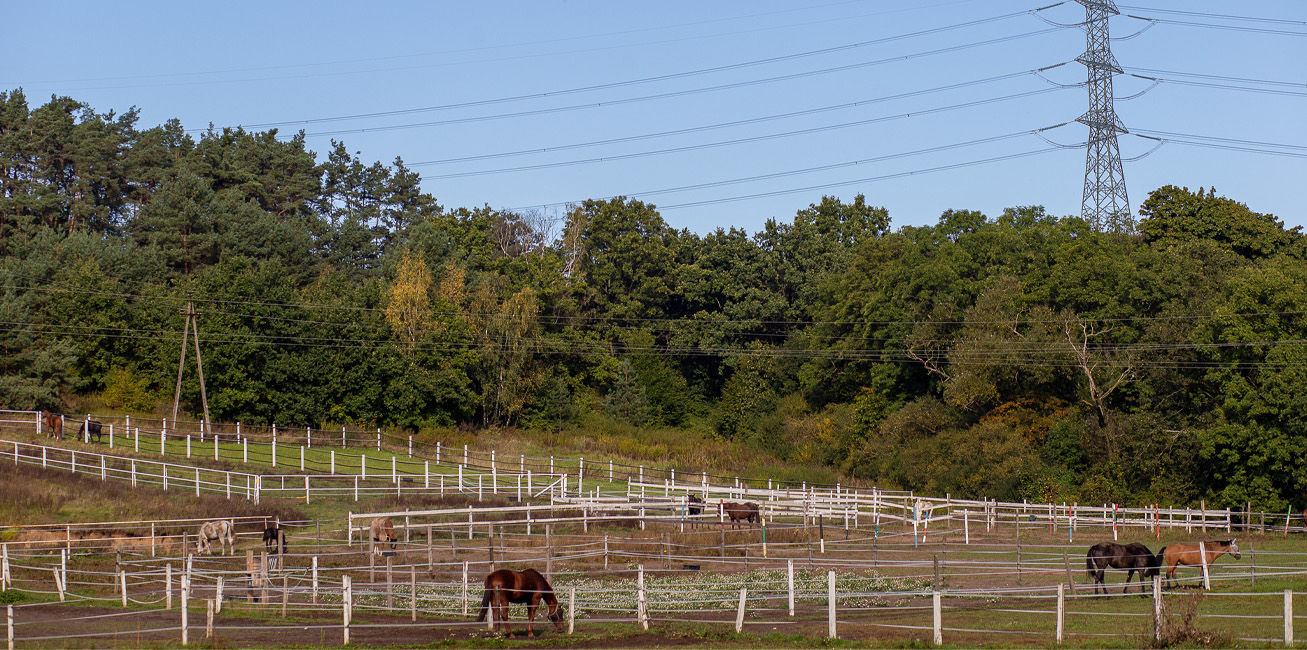The owners of real properties, on which transmission facilities are located or over which electrical power lines run, have, in principle, free access to their real properties, which they may use freely while maintaining suitable precautions. They may run their business activities freely using certain equipment and machinery or engage in farming without time limitations. However, it is always important to exercise elementary caution and apply common sense when using transmission facilities.
The equipment included in electrical power lines is designed to minimise the risk of negative effects on persons in the vicinity of the lines. The location of lines is planned so that the transmission facilities do not pose a threat to surrounding human habitats, and so that they blend into the landscape to the greatest extent possible.
In order to eliminate possible hazards, our qualified employees take periodic preventive measures consisting in line surveys and inspection of their condition. If the event of circumstances requiring an intervention, they take actions to eliminate situations that potentially threaten property and people present in the vicinity of the lines. These activities are especially intensified in situations of increased risk or crisis, such as floods or hurricanes. In this aspect, cooperation of the company's employees and the owners of real properties adjacent to electrical power lines, who are often the best source of information regarding the phenomena occurring there, is also important. The goodwill and help of those people can significantly help to address potential risks or shorten the process of remedying a failure.

